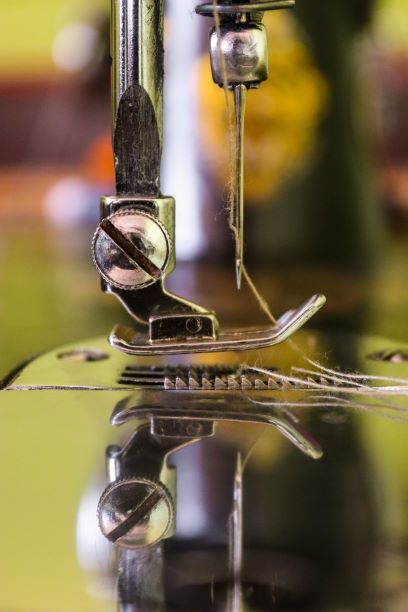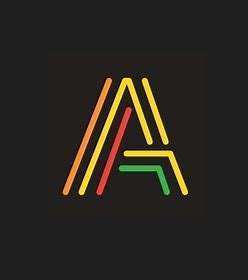START TODAY

START TODAY
The knowledge base is here to give you the basics for getting started or to get better results.
There are many different soft wares on the market
for home digitizing and more advanced ones for the industry.
Their main function is converting drawn lines of images into stitches.
Almost like translating words to a different language .Translating is one thing ,interpreting the design needs skill that can take years to acquire .That’s where the digitizer/designer comes in.
First the artwork or image needs to be vectorized in a graphics program. Then in the digitizing software every stitch has to be put in place with the appropriate stitch type, density, and underlying base stitches to make it to embroidery on your machine .Dozens of settings influence the final stitched out result.
We take out the guess work and having to take years learning digitizing by providing you quality stitch files and relevant designs.
Every machine brand uses a different “language” so to speak. Meaning a different way it reads the stitches in the file .These are called machine format types. Some common ones are PES,VP3,SEW,DST. Make sure to check the manual of your machine to find out which file type your machine uses, or ask your dealer. It will only be able to produce embroidery with it’s designated file type.
Every fabric needs specific settings in the software, a certain type of stabilizer and needle.
This document contains all the info you need before getting started: The thread colors ,the type of stabilizer ,the amount of stitches that make up the design and which fabrics it is suitable for.
NOTE ! Not every design is suitable for every fabric .Find out out more in our fabric choice section
For embroidery the rules are pretty much the same as for making garments or other items. A fabric used for a summer dress won’t have the same results as when used for a bath towel for example and visa versa.
The digitizer “assigns” a fabric type to a design before actually making the stitch file in the software. The fabric basically determines the density of the stiches, the amount of stretch the stiches will support ,the direction of the stitches and so much more.
Some fabrics, unfortunately are not very suitable for embroidery.
Very thin stretchy fabrics like cheap T-shirts
Too structured fabrics with raised patterns woven into them
Hard cardboard like very stiff material
Embroidery is made to last ,it takes time and money to produce it ,a thin cheap T-shirt will soon start to show small holes from the amount of stitches on it and cannot support the weight of the thread. Leading to puckering and other problems. The embroidery will probably outlast the shirt!
So pick a medium to heavier weight quality T-shirt for your design .Check out our T-shirt category.
Structured fabrics can be used .Bath towels are great for monogramming for example .Make sure to use the appropriate topping and backing for these.
However when embroidering on very structured fabrics with raised patterns woven into them, the stitches will have the tendency to “disappear ” or sink into the fabric. Resulting in not so clean stitch outs.
Needles to say that very stiff and hard, dense fabrics will easily break your needle .Certain heavier machines will be able to handle it ,but not advisable for regular home embroidery machines.
When embroidering a design, the last thing you want is the fabric shifting during the stitch out.
So correct hooping is important .You want to look for a “drum/tambourine” like effect once the fabric is in the hoop. However, many fabrics have some form of stretch.
Be it due to the lycra in them or the weft direction, almost every fabric will stretch at a certain point when pulled and forced into the hoop .This can cause puckering once the design is released from the hoop. When embroidering we are adding to the fabric: thread and therefor weight. The stitches need something “to hold on to”.
Therefor stabilizers are used. They come in different colors(mostly black and white).There is tear away, which literally tears away after the embroidery is finished, and cut away .No show mesh, water soluble, self adhesive, iron on….
Many choices to consider before starting your embroidery. The stabilizer will greatly affect the end result. Stabilizer can be found online and in shops that carry embroidery supplies from many different brands.
Check out our stabilizer help section to help you chose

We recommend GUNOLD and ISACORD brands

Because we support black businesses and just love African fabrics
SHOP FABRIC

